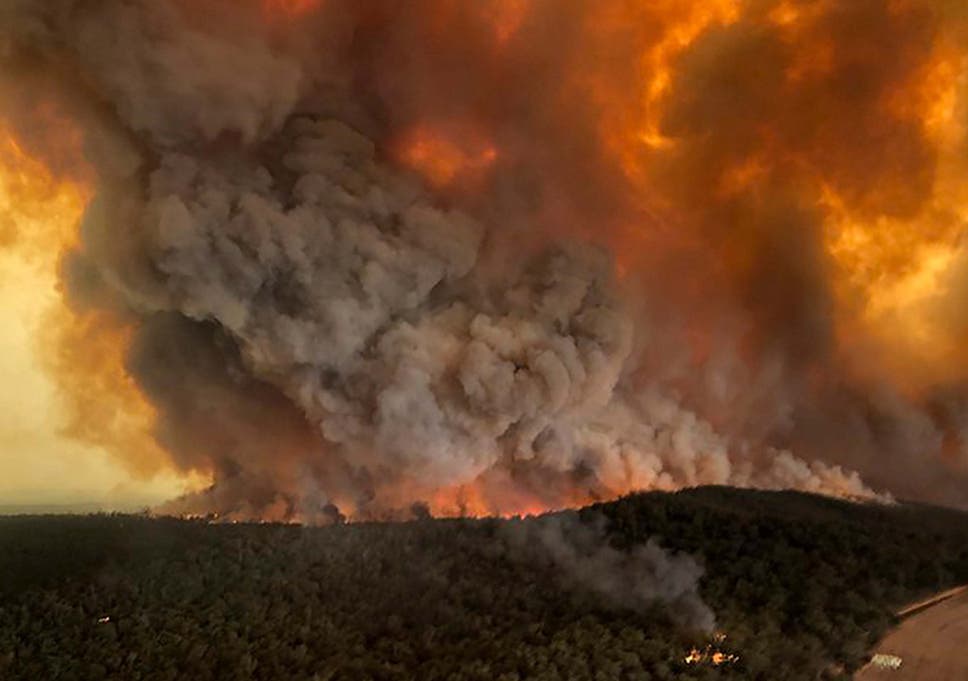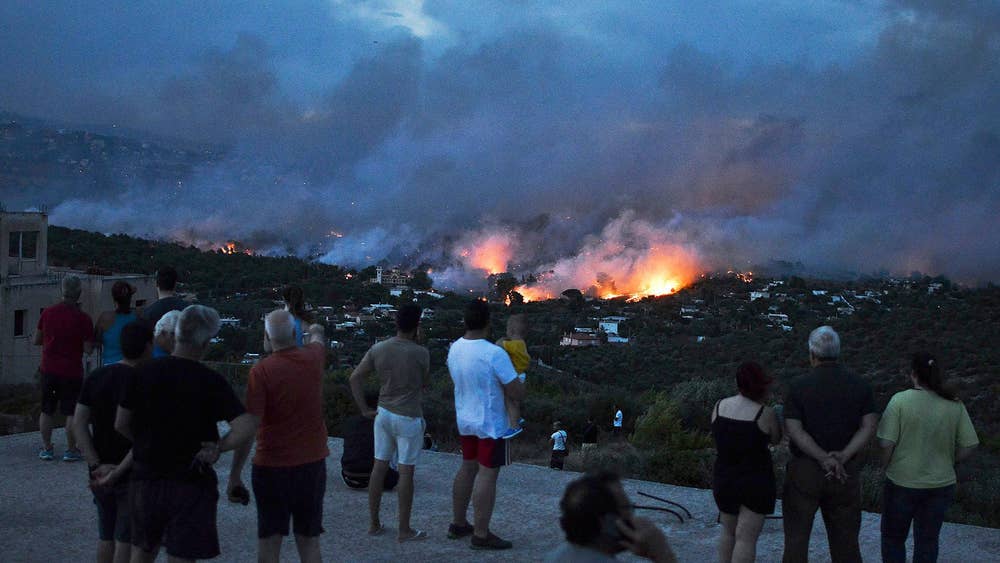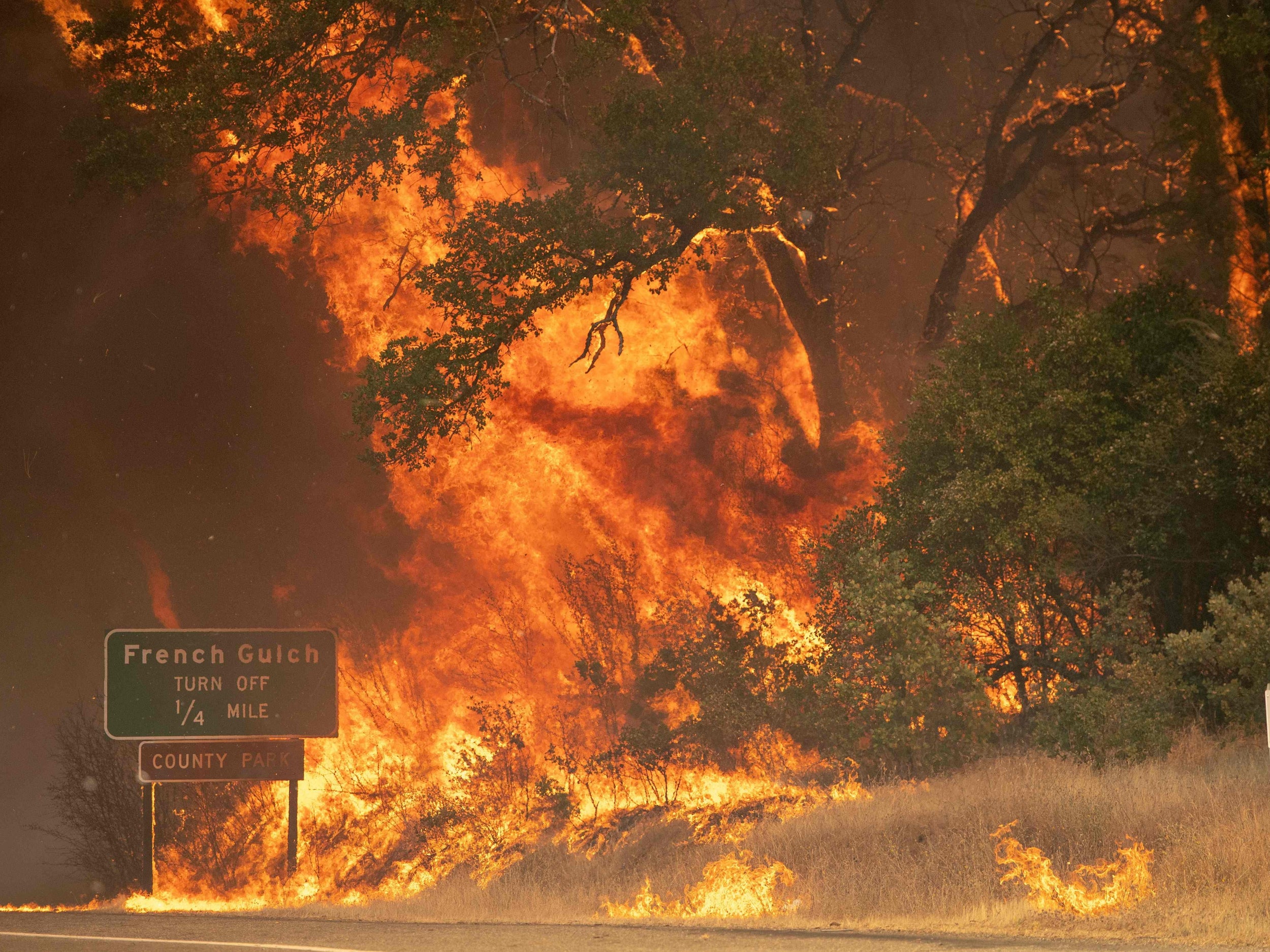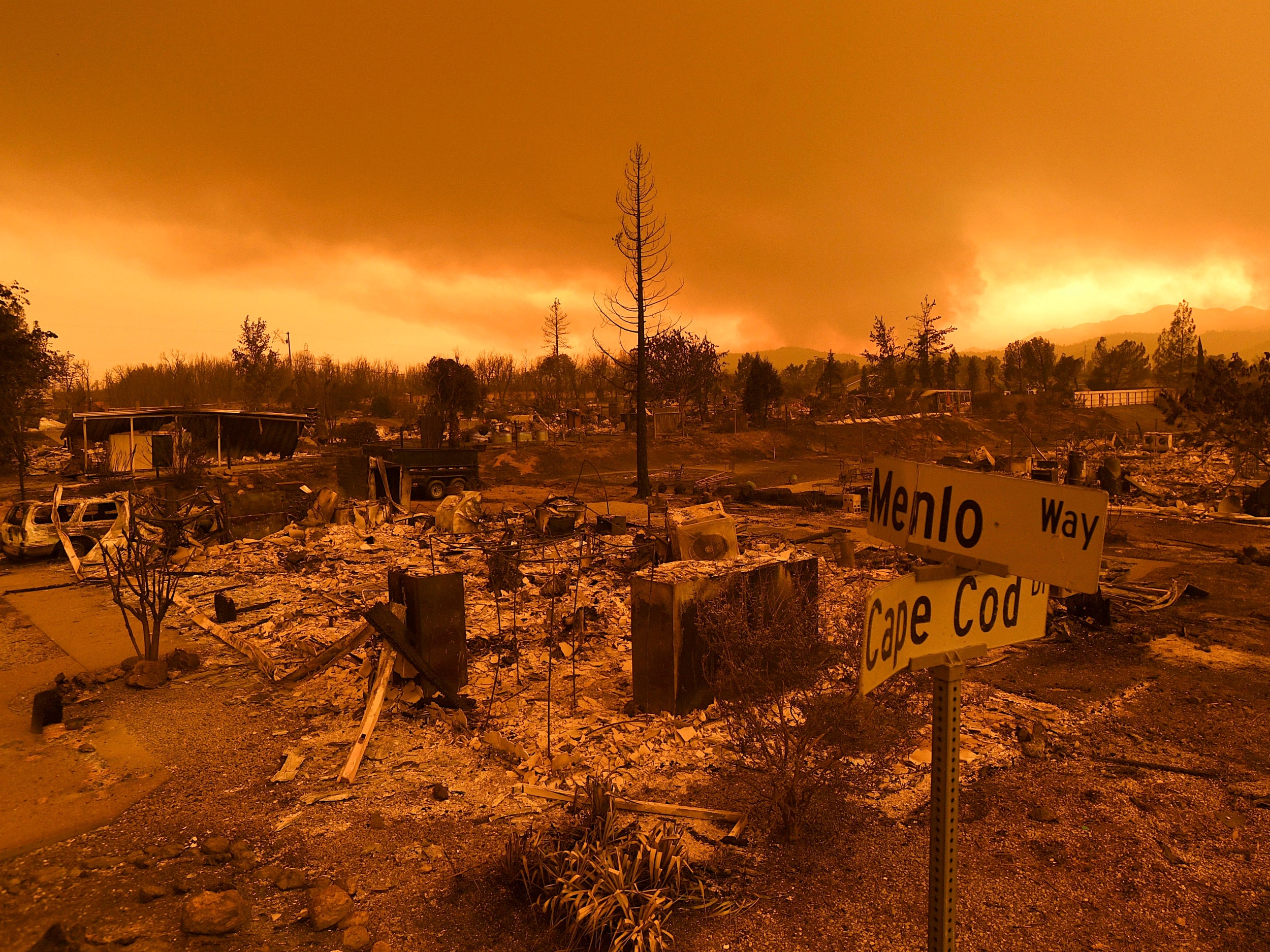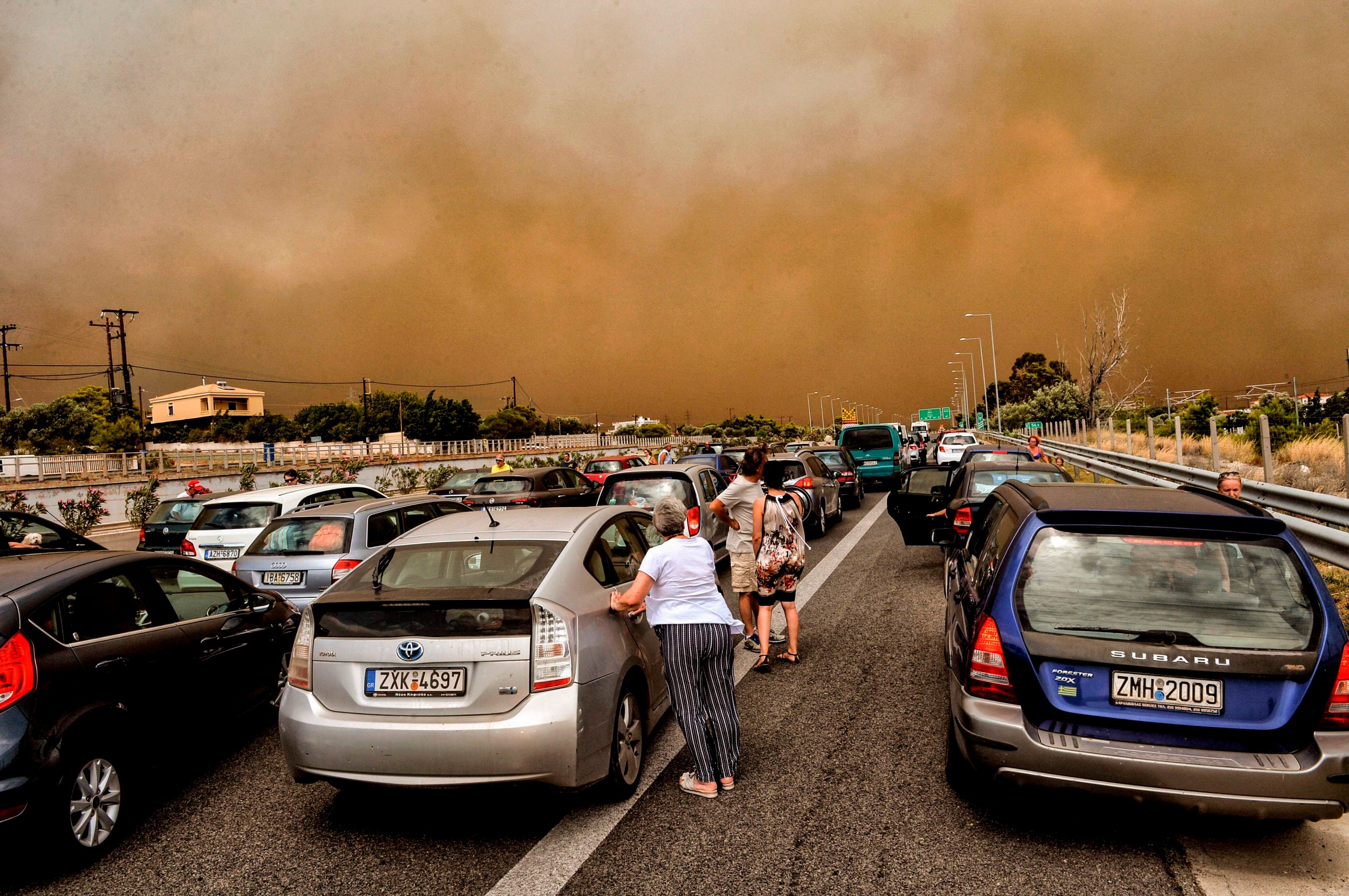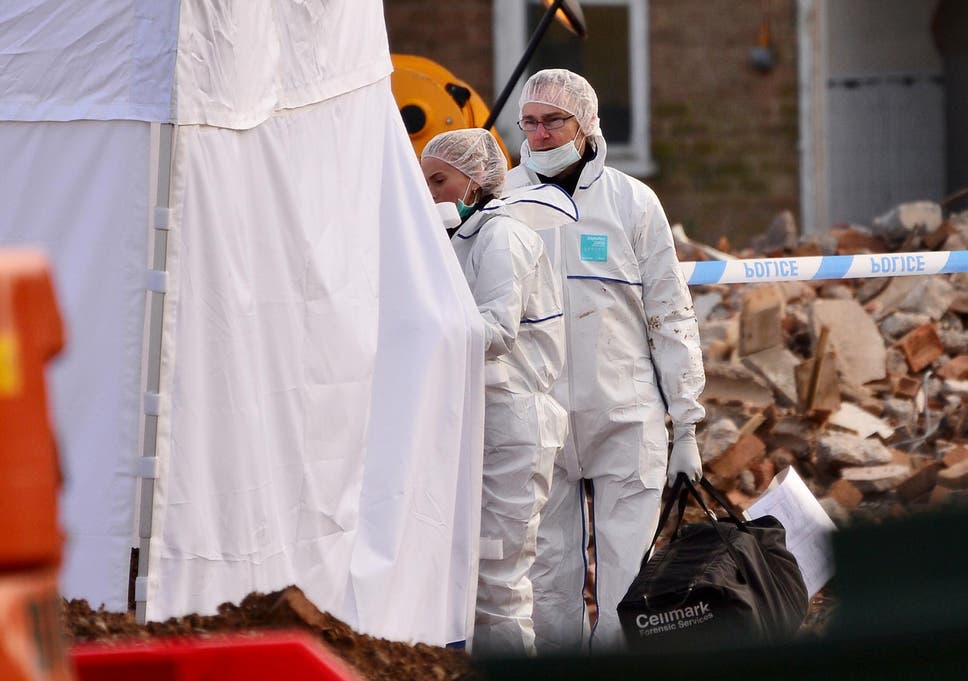Entertainer pledges to use ‘psychic powers’ to help Conservative government
 Conrad Duncan
Conrad DuncanSelf-proclaimed psychic Uri Geller has applied for a job with the UK government after Dominic Cummings sent out an invitation for “super-talented weirdos” to work in Downing Street.
In a a bizarre blog post earlier this month, Boris Johnson’s top adviser asked for unusual people to apply for roles ahead of a planned shake-up of the civil service.
Mr Geller has apparently accepted that invitation and pledged to use his alleged psychic abilities to assist Mr Johnson’s administration.
“You say you want someone on the ‘frontiers of the science of prediction’? Well look no further,” he wrote to Mr Cummings.
“I have genuine psychic powers – just ask Mossad, the CIA and the Pentagon.”
The Israeli-British entertainer told Mr Cummings he has contacts with “world leaders and top CEOs”, and more than 20 years of experience in espionage and intelligence.
Mr Geller said he had worked for the FBI and the CIA on a range of projects including “using Mind Power to erase KGB computer files, tracking serial killers and attending nuclear disarmament negotiations.”
“The CIA concluded that I demonstrated paranormal perception ability in a ‘convincing and unambiguous manner,’” he added.
Uri Geller vows to stop Brexit telepathically if Theresa May does not
Last month, Mr Geller claimed he had assisted Mr Johnson’s election victory by giving his team a spoon energised with positive energy.
The spoon was apparently part of his strategy to use “mind power” to prevent Labour leader Jeremy Corbyn from becoming prime minister.
A source close to Mr Geller told The Telegraph that he was “100 per cent serious” about working in the government.
“He is particularly keen on using his powers to tackle growing tensions in the Middle East,” the source said.
Although Mr Geller is currently in Israel organising the opening of a museum about himself, he said he would “consider a move back to Britain for the right position.”
Mr Cummings’ job advert has been criticised by employment law experts and the head of Britain’s biggest civil servants’ union, who said his comments implied he “wants to hire and fire at will”.
“I’ll bin you within weeks if you don’t fit – don’t complain later because I made it clear now,” the political adviser wrote on his blog.
Mr Cummings was also criticised for using a standard Gmail account to collect CVs for government roles.











